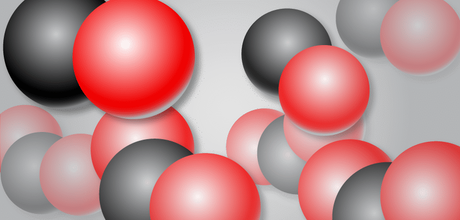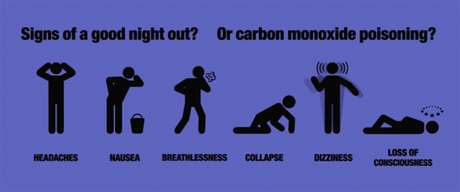Despite having similar names, carbon monoxide and carbon dioxide are not the same. Knowing the difference between carbon monoxide and carbon dioxide isn't just for passing science class; it can also save your life.

Generally known as CO and CO2, respectively, are both colourless and odourless gases that can be fatal in high concentrations. But that is where the similarities end when comparing CO vs CO2.
Parts Per Million – PPM
To understand these gases, At first, you must understand how they are measured. Gases are typically measured by concentration, temperature, and pressure, but since carbon dioxide and carbon monoxide act similarly (on the molecular level) under the same conditions, a simpler form of measurement is used. PPM (parts-per-million) is a measure of one type of gas molecules compared to another. For example, 400ppm of CO means that if you could count a million molecules in the air, 400 of them would be carbon monoxide, and 999,600 of them would be other gases.
Carbon Monoxide
Carbon monoxide does not naturally occur in the Earth’s atmosphere and is highly flammable. It forms when fuel-burning appliances such as gas and kerosene heaters, oil and gas furnaces, fireplaces, and wood stoves are not ventilated properly. Any gasoline engine also generates carbon monoxide if it doesn’t have a catalytic converter to filter the fumes.

CO poisoning is the most common type of fatal poisoning across the globe. The long-term exposure limit established by OSHA is 50ppm, although details are available at the link. Mild carbon monoxide poisoning occurs at levels of 100ppm, and symptoms include a headache and dizziness. Exposure levels as low as 700ppm have the potential to be life-threatening.
Carbon Dioxide
CO2 occurs naturally in the atmosphere and is necessary for plants to flourish since they require CO2 in the process of photosynthesis. A waste product of photosynthesis is oxygen, the gas necessary for humans to breathe. Carbon dioxide is also a waste product of animal respiration, fermentation, and when fossil fuels and wood are burned. Even when using a catalytic converter, gasoline engines still emit carbon dioxide. And unlike carbon monoxide, this gas is non-flammable.
It is rare for an individual to get CO2 poisoning, but not impossible. The average ambient ppm for CO2 is 400ppm. For comparison, OSHA limits the workplace to 5,000ppm or less. Symptoms of mild carbon dioxide poisoning include dizziness and headaches at concentrations of 30,000ppm. Carbon dioxide becomes life-threatening at concentrations of 80,000ppm or more.
Knowing more about these two commonly confused gases can you give you a greater perspective into how these gases exist and interact in your environment, as well as how to keep yourself safe and healthy

